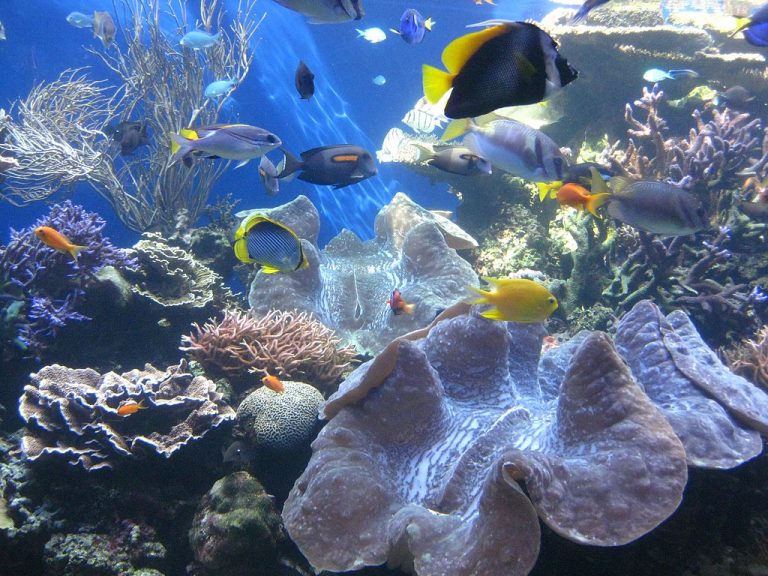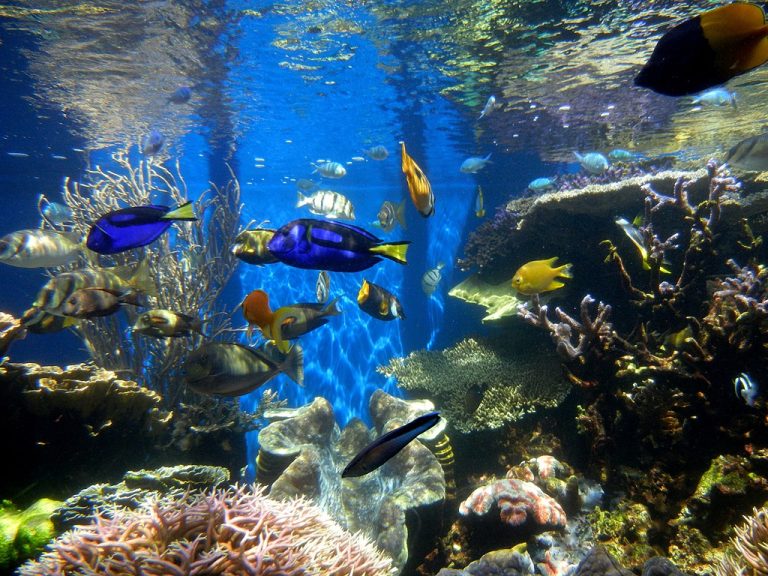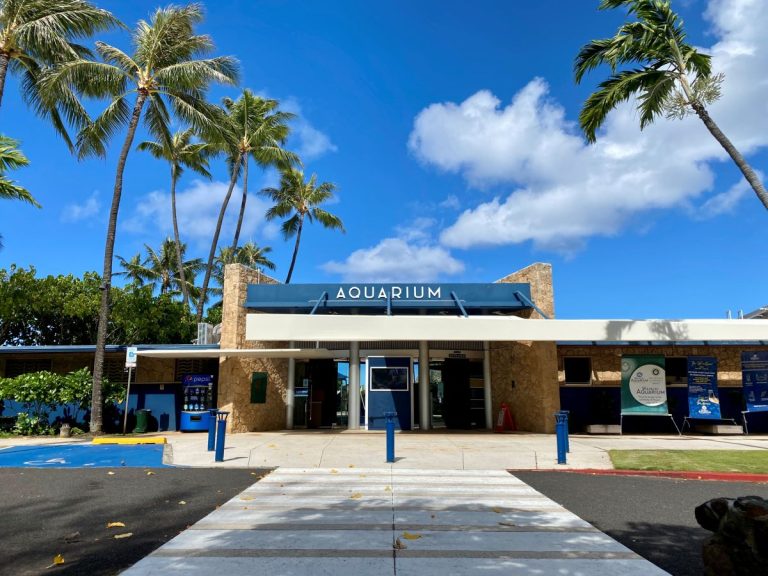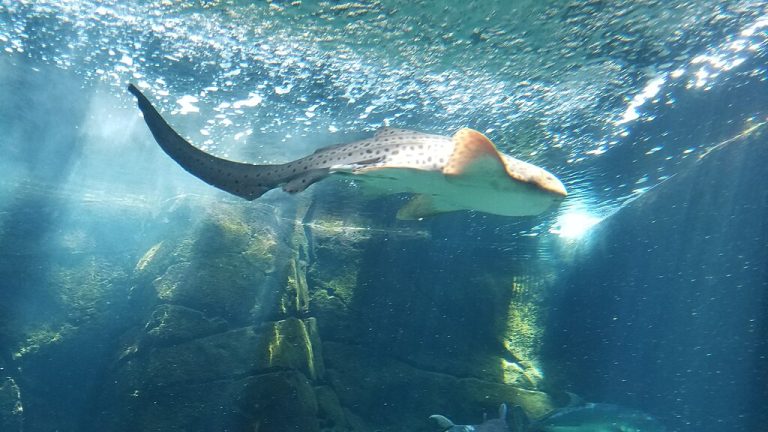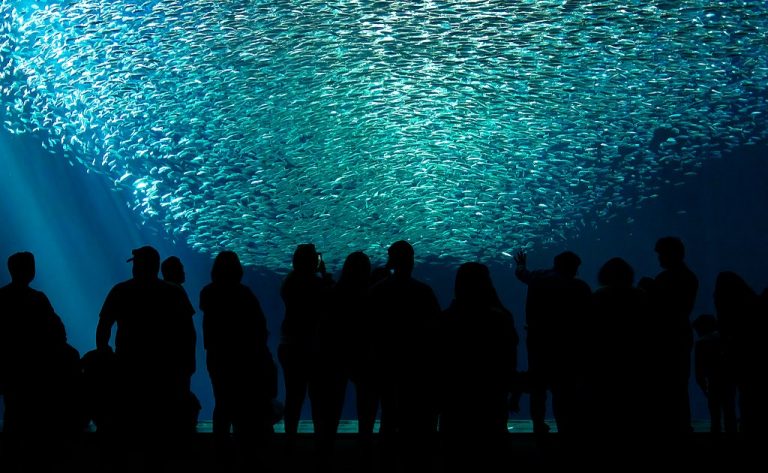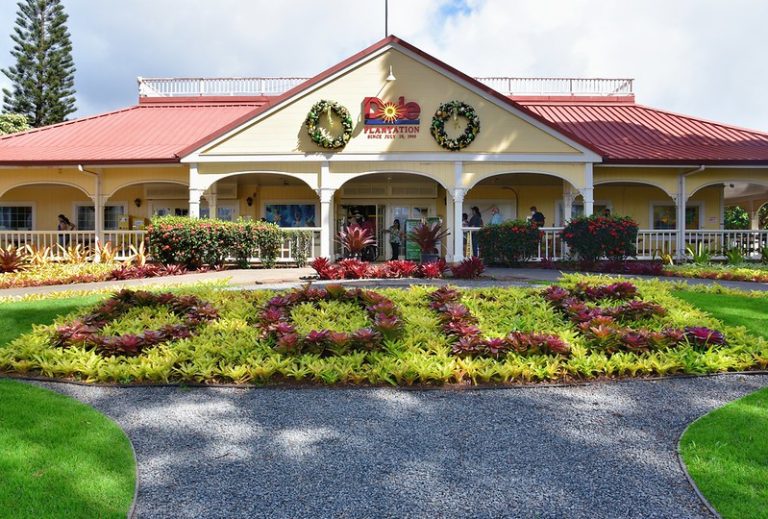Nestled along the iconic shores of Waikīkī, this historic aquarium allows students to encounter more than 3,000 marine organisms and investigate the extraordinary ecosystems of Hawaii and the broader Pacific. Surrounded by views of Diamond Head Crater, the Waikīkī Aquarium invites young learners to explore vibrant coral reefs, tropical fish, and endangered species like the Hawaiian monk seal. Notable exhibits, including the Living Reef and Open Ocean displays, immerse visitors in the delicate balance that sustains underwater habitats.
Beyond simple viewing, the aquarium integrates science, conservation, and cultural perspectives. Educators can select from an array of programs that align with state and national curriculum standards, engaging students with discussions on coral health, ecological relationships, and the many challenges facing marine wildlife. Live animal encounters and hands-on activities reinforce ecological concepts, nurturing environmental awareness and a sense of stewardship. Additionally, opportunities to participate in citizen science projects—such as tracking water quality or contributing to coral restoration—provide concrete ways for students to connect classroom lessons with pressing ecological issues.
Virtual field trips extend this opportunity to schools beyond Oahu, linking participants to live feeds of exhibits and real-time demonstrations led by marine experts. During these sessions, students observe the aquarium’s inhabitants up close, ask questions, and absorb material presented by knowledgeable educators. For further exploration, the Waikīkī Aquarium furnishes teacher-friendly materials, from lesson outlines to video segments, which can be incorporated into regular classroom work. Professional development workshops guide educators in weaving marine science into various subject areas, ensuring consistent, in-depth learning.
A visit to the Waikīkī Aquarium—whether in person or online—spotlights Hawaii’s marine biodiversity and underscores the importance of safeguarding ocean habitats worldwide. By illustrating how cultural heritage and scientific inquiry intertwine, this experience provokes curiosity and cultivates respect for the sea, motivating students to become active participants in environmental conservation.


